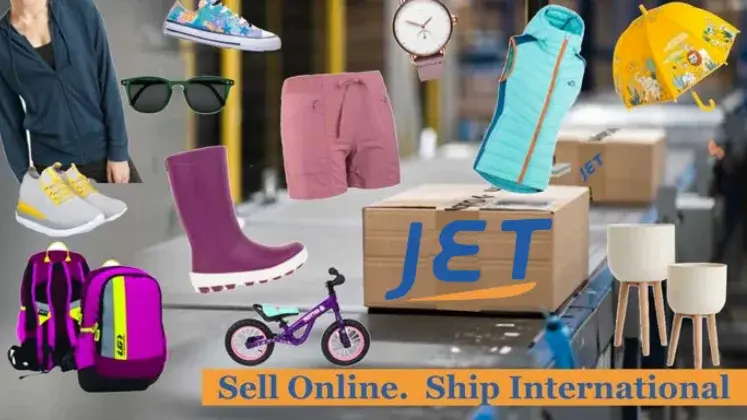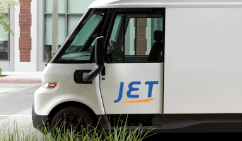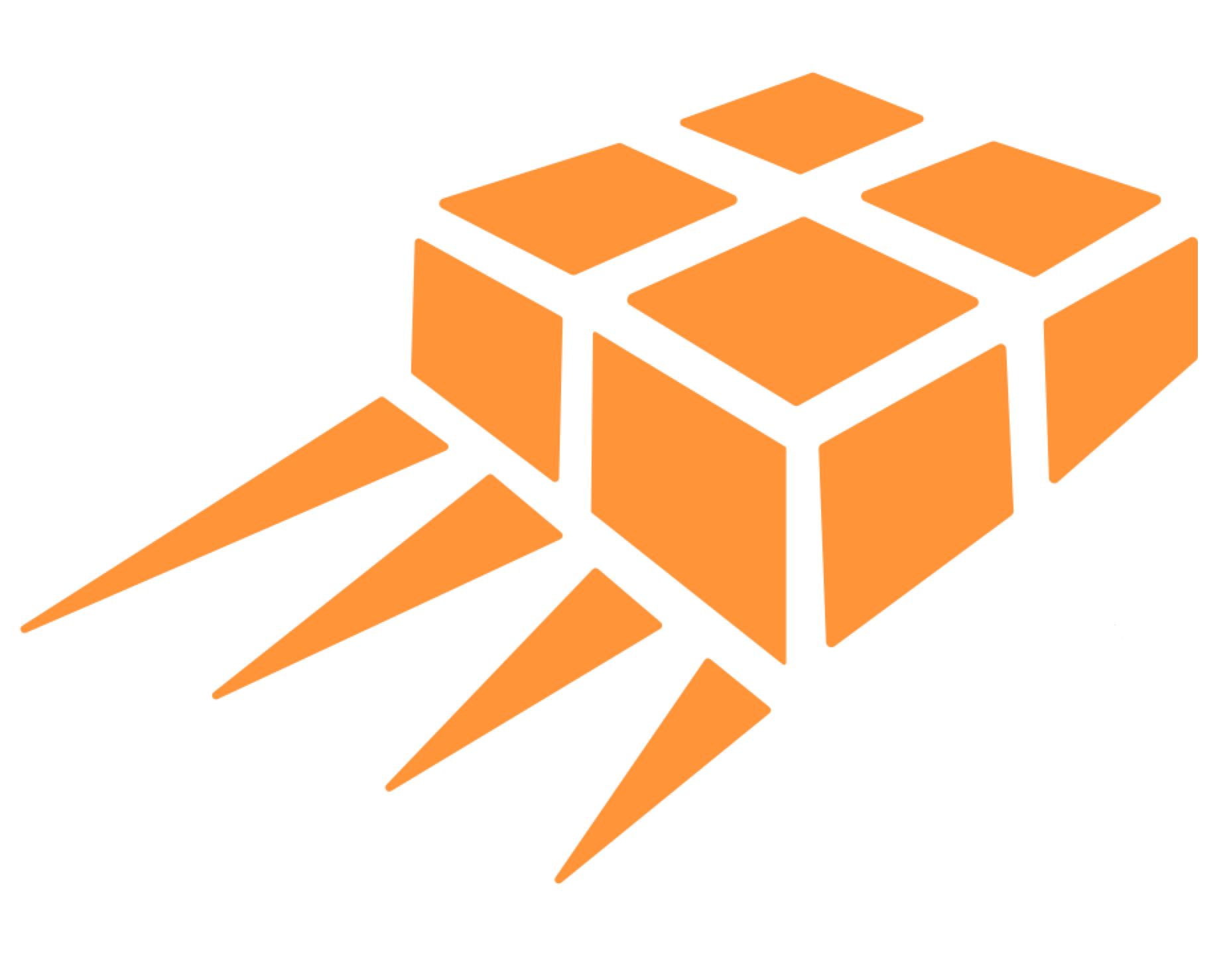
Game changing online import for American retailers.
The traditional role of logistics for retailers was simply to get large bulk orders sent from the manufacturer using the lowest cost possible. American retailers are essentially middlemen between Asian suppliers and US consumers. Their power is in their sheer scale and being able to buy in bulk and sell individually.
This model has created some of America's largest companies that include Walmart, Best Buy, Amazon, Target to name a few.
The new "type 86" entry for Section 321 presents an opportunity for importers to take advantage of duty free entry via express consignment, container freight station or single importer of record.
US online Shopify sellers can ship directly to the UK, Europe, Japan and other major markets
Learn more from Jet's Logistics Experts :
- Understanding key concepts for shipping TO Canada
- Prepayment of UK VAT when shipping online orders to the UK
- Prepayment of Value Added Tax to European Union Countries
- Understanding Benefits of the "new NAFTA" USMCA/ CUSMA
- Request a call back for your business shipping from Jet's logistics support team
Disclaimer: The information in this blog is for general information only. Producers, shippers, exporters, importers should confirm their processes with their customs brokers, carriers and regulating authorities.

What has changed is that e-commerce technologies act as virtual aggregators. The collective demand of individual purchasers can be harnessed by global access to internet technologies.
But traditional supply chains of large purchasers, ocean carriers, customs brokers and warehousing are not able to manage the aggregate demand of individual purchases being sent directly from suppliers in Asia.

Traditional logistics flows are built to manage the movement and importation of large shipments of the same item.
An example of the traditional retail supply chain:
A retailer orders thousand of umbrellas from a supplier.
- The items are shipped via low cost truck and ocean carrier in 3 shipping containers
- The items are imported using a single customs entry
- Once cleared, the goods are sent to a warehouse for distribution to a retail store
- or, in the case of e-commerce, to the final consumer
An example of the the direct import to the USA solution:
A website lists products available from individual suppliers.
- The individual orders are processed by the overseas supplier and sent directly to the final consumer in the USA.
- The items is consolidated - or aggregated - with other items for shipment via airfreight direct to the consumer.
The challenge and opportunity of parcel clearance to USA
The biggest obstacle to making direct importing of high volume parcel flows is customs clearance. Most US customs brokers simply do not have the regulatory knowledge or approvals to import thousands of different items using a single duty free entry.
Traditional US customs brokers are used to providing individual clearance with a charge of between $50 and $100 per entry. Traditional brokers can make section 321 entries via automated broker interface and Type 86 entries.
Express consignment clearance to USA
The area of customs law that best facilitates the high volume importation of e-commerce is referred to in the Code of Federal Regulation as "Express Consignment / Part 128."
The aggregating of global demand is an essential element of e-commerce. Internet technologies allows for more efficient sourcing and purchasing of products made anywhere in the world. Retailers in the USA are now starting to embrace this trend by working directly with suppliers and developing their own parcel logistics processes for low cost clearance and delivery within days of an order.
Shipping direct to USA consumers - using ECCF's and section 321 entries -from suppliers in Asia is a critical capability US retailers must develop in order to compete in global e-commerce.




